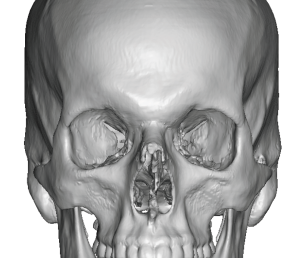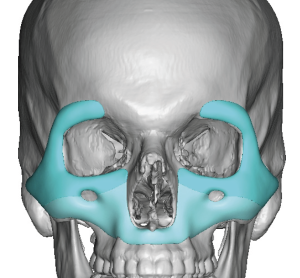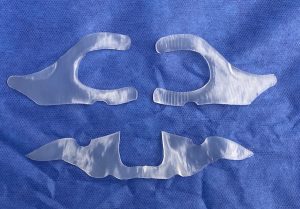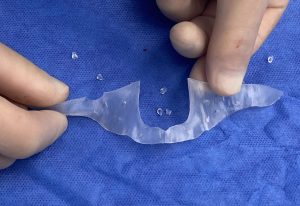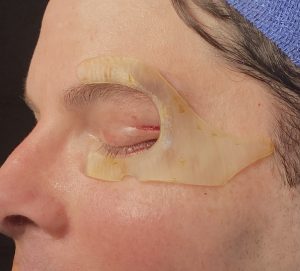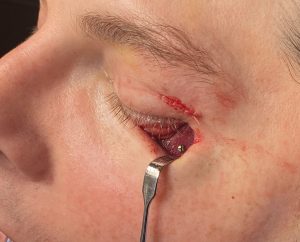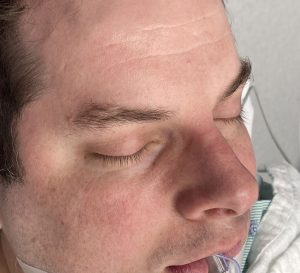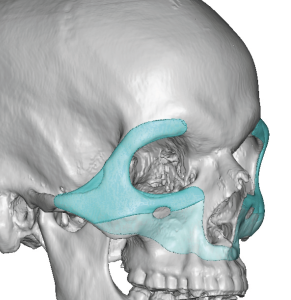Background: Midface augmentation is a common aesthetic requested procedure done today by either injectable fillers or implants. But no matter how the augmentation is performed it is really a ‘spot’ technique which focuses on specific midface areas like the cheeks and undereyes which are common areas of aesthetic deficiencies. Available off the shelf implants clearly show the localized approach with cheek, paranasal-premaxillary and tear trough implants which is understandable given the market request for them.
When it comes to midface augmentation as a complete unit the concept of bone movement, specifically Lefort osteotomies, comes to mind since they provide larger areas of midface advancements. For a more total midface movement LeFort II and III osteotomies diagrammatically look effective but the magnitude of the surgery and the change in the occlusion limits their use to patients with very specific midface deficiencies.
For the aesthetic patient seeking a midface augmentation who has a satisfactory occlusion the custom midface implant offers a superior method. Not only can the specific area of surface area coverage be controlled but the thicknesses of augmentation in various areas be adjusted as needed. The biggest challenge in large surface custom midface implants is in how to surgically place it through limited incisions.

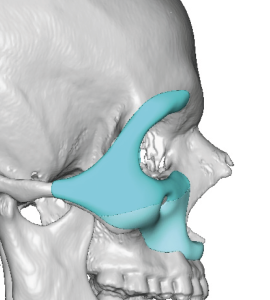
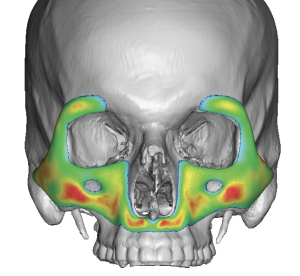
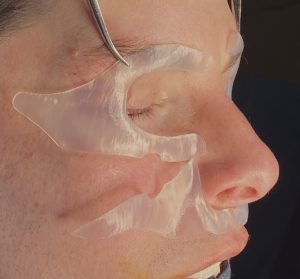
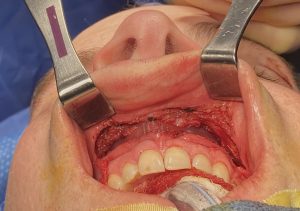
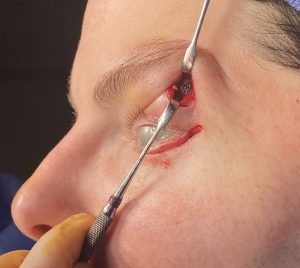

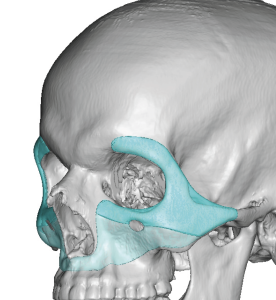
Key Points:
1) Total midface augmentation for aesthetic purposes can only be done by a custom midface implant design.
2) The total custom midface implant must be manufactured and placed into multiple pieces to fit through intraoral and eyelid incisions.
3) This type of midface augmentation illustrates a basic custom implant concept that surface area coverage can be just as important if not more so than implant thicknesses.
Dr. Barry Eppley
World-Renowned Plastic Surgeon



